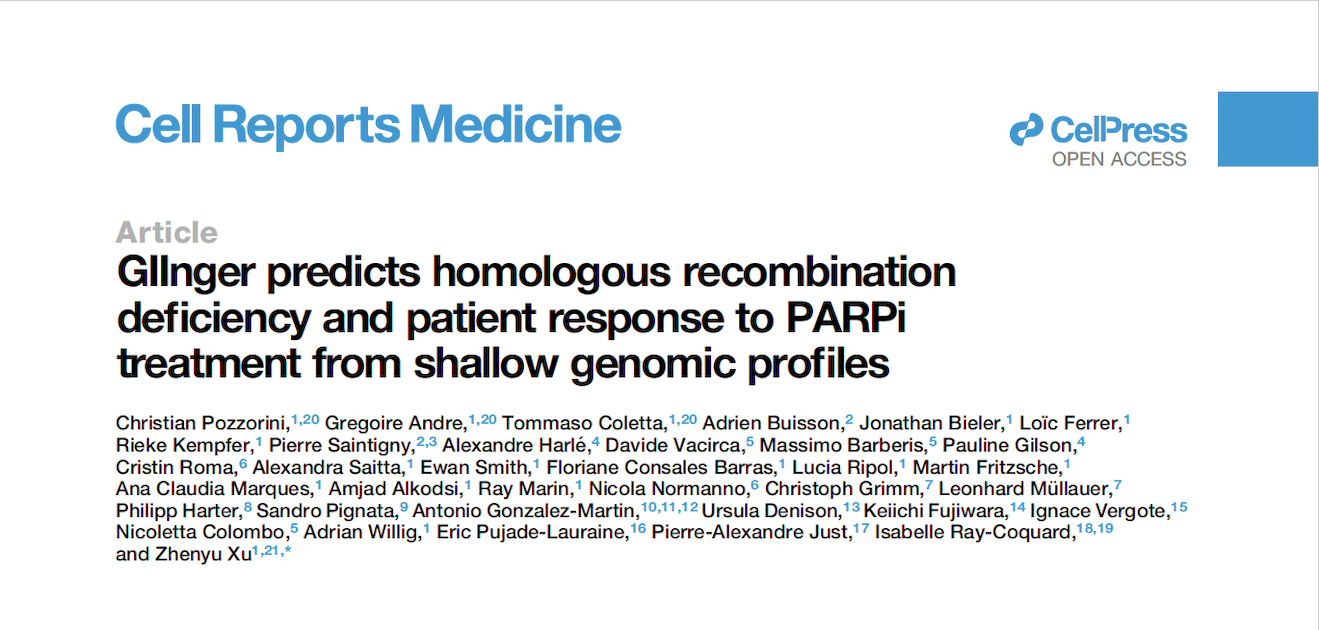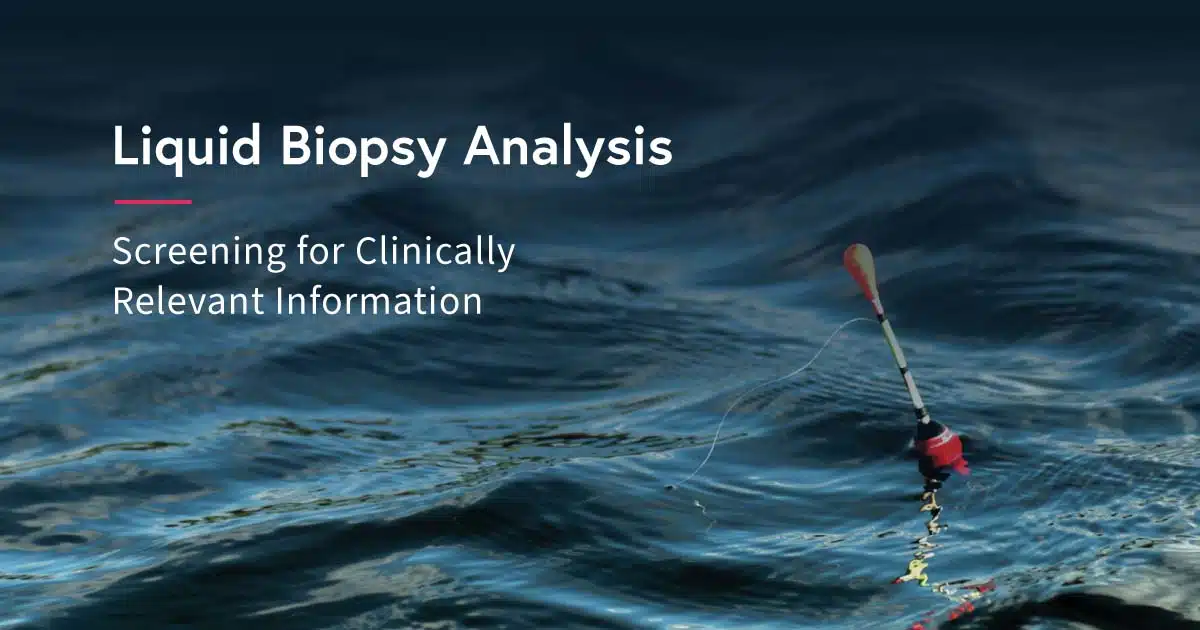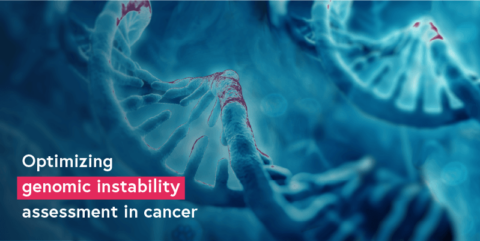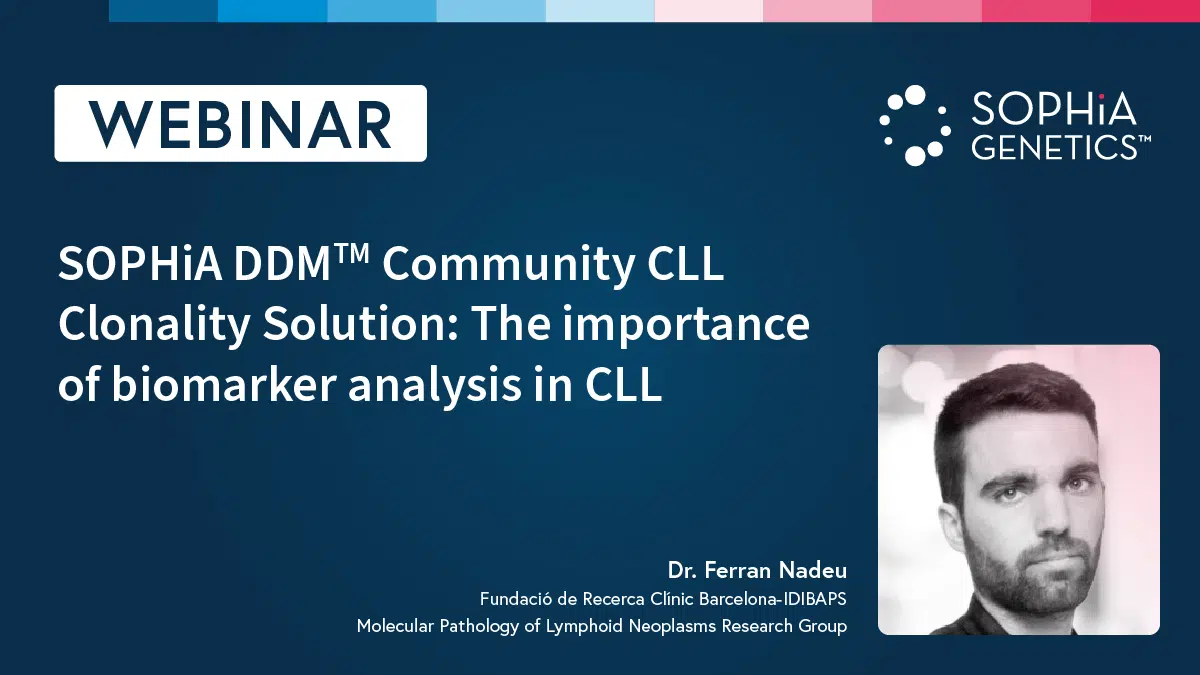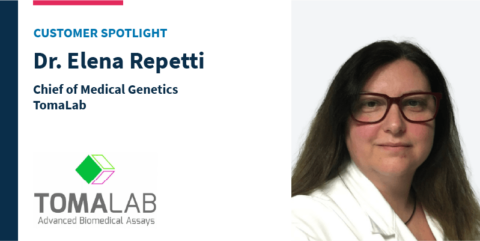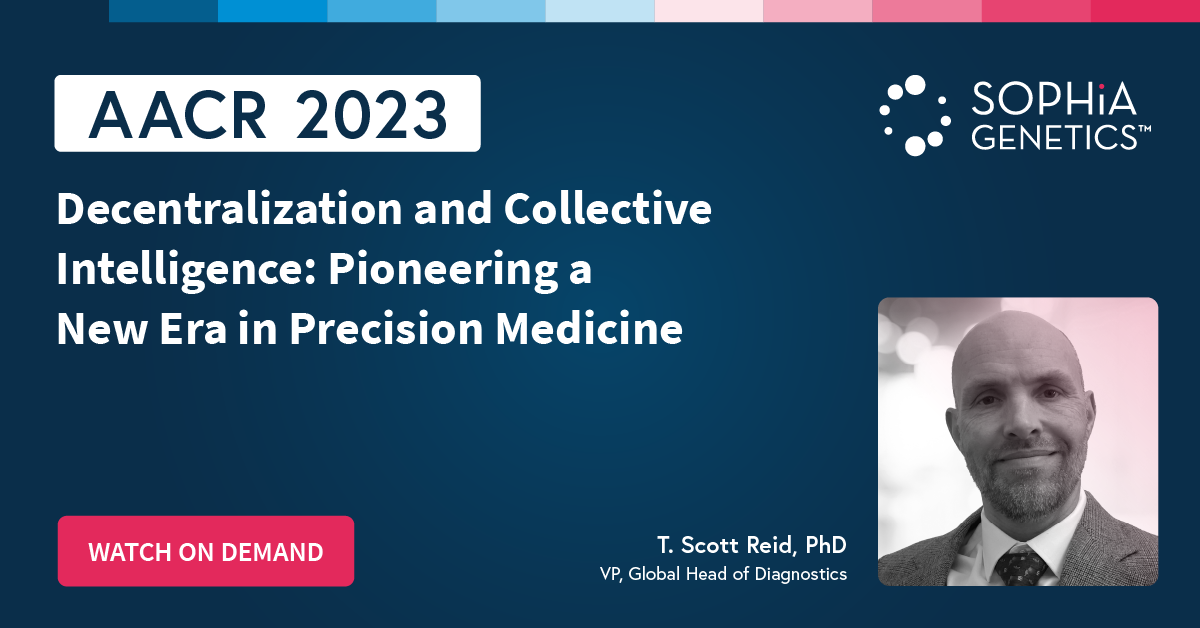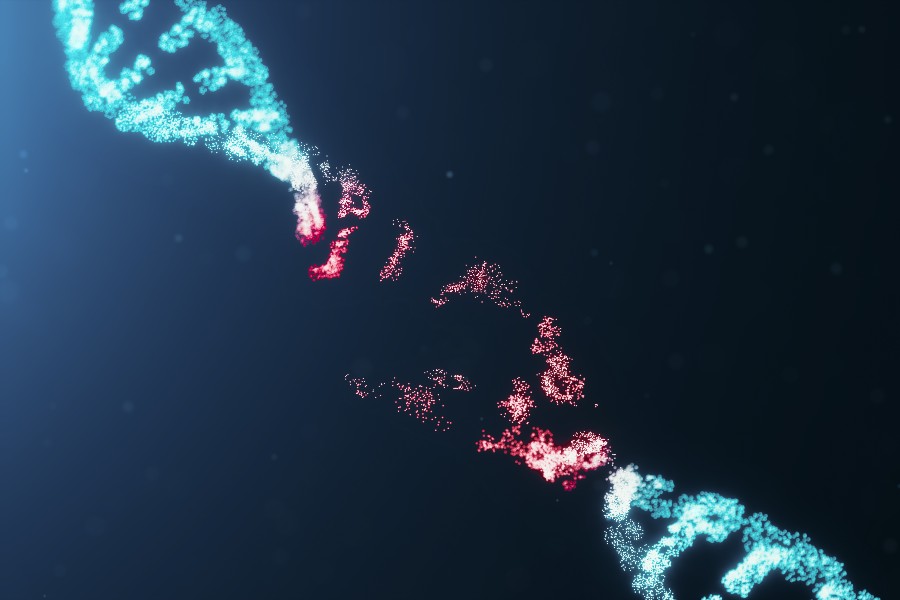Discover how a deep learning algorithm, GIInger™, leverages low-coverage sequencing data to identify homologous recombination deficiency (HRD)-induced genomic instability.
oncology
Technical Note: Navigating overfitting during machine learning model development
We’re often asked how we avoid overfitting when developing predictive machine learning models for clinical research. This technical note explains how.
Liquid biopsy analysis: Screening for clinically relevant information
Liquid biopsy is revolutionizing precision oncology with a non-invasive approach to tumor profiling. In this blog, we explore its clinical applications and why the right analytical technologies are needed when searching in a sea of genomic data.
SFMPP 2023
SOPHiA GENETICS™ is excited to participate in the "9ème congrès de la SFMPP" taking place...
Optimizing genomic instability assessment in cancer
Deep learning-based approaches to genomic instability assessment can help overcome the limitations of current methods and maximize insights from tumor samples.
SOPHiA DDM™ Community CLL Clonality Solution: The importance of biomarker analysis in Chronic Lymphoblastic Leukemia
Lymphoid neoplasms encompassing lymphomas and some leukemia like Chronic Lymphocytic Leukaemia...
Customer Spotlight : Dr.Elena Repetti – TomaLab Advanced Biomedical Assays
In this Spotlight session, Dr.Elena Repetti, Chief of Medical Genetics of TomaLab in Italy shares with us TomaLab’s mission in healthcare, their experience using SOPHiA GENETICS’s solutions as well as the company’s vision for the future and the partnership with SOPHiA GENETICS.
AMP Europe
SOPHiA GENETICS™ is excited to be a part of the Association for Molecular Pathology (AMP) 2023...
Decentralization and Collective Intelligence: Pioneering a New Era in Precision Medicine
Join us on a journey to revolutionize clinical research programs with decentralized collective...
Celebrating 1 Year of SOPHiA DDM™ Homologous Recombination Deficiency (HRD) Solution!
This week is marking one year from the official launch of the SOPHiA DDM TM Homologous Recombination Deficiency (HRD) Solution, accelerating and empowering our customers’ clinical cancer research decisions with cost-effective, accurate and fast in-house results.
International Childhood Cancer Day 2023: Better survival is achievable!
February 15th has been globally acknowledged as the International Childhood Cancer Day, a day dedicated to raising awareness on childhood cancer and advocating for better treatment and care for young patients.
ASCO 2023
The anticipation is brewing for another year of #ASCO23! Visit us at booth #23119, June 3-5 to...
